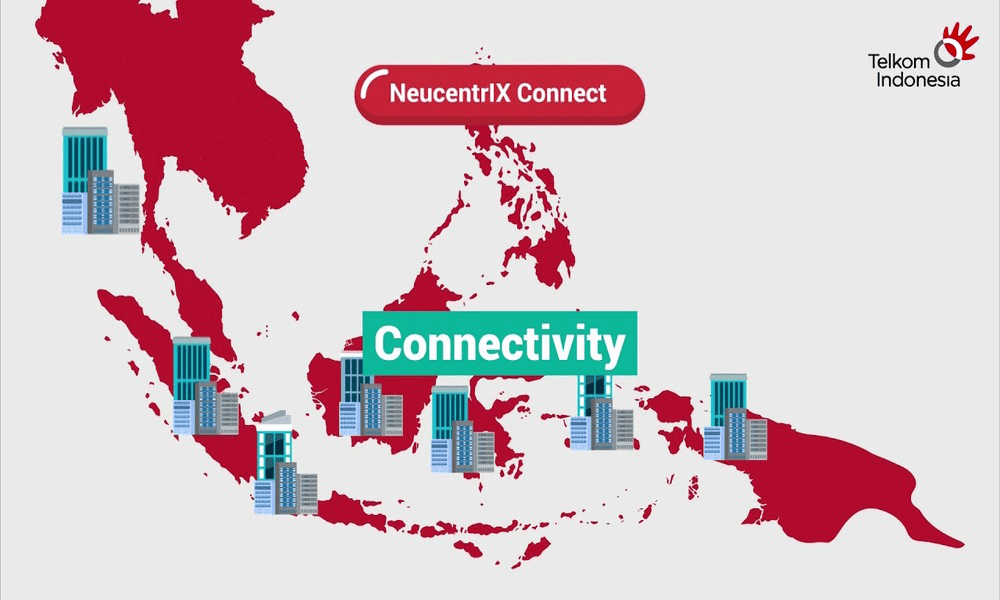5 Ways CDNs Play a Key Role in Superior Content Delivery

The majority of content found on the Internet such as web pages, social media feeds, or streaming video is delivered through a Content Delivery Network (CDN). Today, as various major sites and applications like Instagram, TikTok, Netflix, Spotify, Tokopedia, or Gojek continue to rapidly grow, CDN services are also gaining more popularity.
How CDNs Work
A CDN is a network of servers which are linked and work together with the purpose of delivering Internet content as quickly, reliably, cheaply, and securely as possible. Each CDN server is located on the network edge — closer to content users than a host server or the original location of a website — and caches or stores copies of web content assets (HTML files, javascript files, stylesheets, images, videos, audios, or applications) from the host server. By reducing the distance between the content and end users, a CDN helps a website publisher improve the performance of its website, increase its security, and provide better customer experience.
What CDNs Do
CDNs benefit content providers and consumers in five ways.
1. CDNs improve website load times and create better visitor experience.
A faster website means better visitor experience, and better experience is the main reason why visitors stay on the website. When the content of a website is distributed through a CDN server on the network edge — closer to the visitors, the visitors of the website experience faster page loading times. For website publishers, it leads to a positive brand image, more page views, traffic spikes, and improved customer engagement. Moreover, as visitors tend to abandon slow-loading websites, CDNs can reduce bounce rates and increase the amount of time that people spend on the site.
2. CDNs increase content availability and redundancy.
Some types of events — special events, product or movie launches, successful marketing campaigns, limited-time sales and offers, or viral videos — can create a sudden increase in content demand and lead to traffic spikes. CDNs use a load balancing mechanism to distribute this demand across servers to prevent overloading any single server. This mechanism allows CDNs to handle traffic surges better and keep them from impacting website performance.
3. CDNs improve the quality of the content delivered.
Besides providing faster content delivery, CDNs also improve the quality of the delivered content. Live video streaming or video calls are prone to obstruction caused by slow transmission. Buffering, jittering, poor image and sound quality, and incomplete transmissions can affect the video and audio content delivery. By shortening the distance between the content and the users and by load balancing traffic, CDNs play a vital role in improving the quality of the content delivered and, thus, creating better user experience.
4. CDNs reduce bandwidth costs.
Website hosts charge website owners for bandwidth consumption, and this is one of the primary expenses that takes up a big chunk of their budget. Through caching and other optimizations, CDNs are capable of reducing the amount of data an origin server must transfer, thus reducing bandwidth consumption and hosting costs for these website owners.
5. CDNs improve website security.
Through various analytics, automation tools, and other security optimizations, properly configured CDNs can help website owners mitigate DDoS attacks, firewall issues, man-in-the-middle attacks, and other types of cyberattacks.
CDNs have become an essential part of any modern website and application. Almost all organizations that run a website or an Internet service that provides content — e-commerce, advertising companies, online game publishers, media and entertainment streaming platforms, etc — need CDNs. For an organization that cares about maintaining and improving their performance and service level, a reliable CDN is a worthy investment.

















